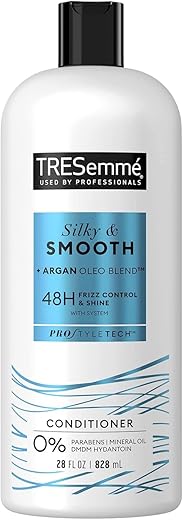
Cold Rinse, Major Shine
Why a Cold Rinse Matters
A simple cold-water rinse can make a surprisingly big difference in how your hair looks and feels. By helping the hair cuticle lie flat, a cold rinse increases shine, reduces frizz, and can help lock in color. It costs nothing and takes seconds, yet the visual payoff is immediate.
In this article you’ll learn the science behind why cold water affects hair structure and how that creates smooth, glossy strands. You’ll see practical benefits like better shine, less breakage, and improved color retention. You’ll also get clear, step-by-step instructions for timing, temperature, and technique.
Finally, we cover how to adapt cold rinses for different hair types and concerns, plus ways to boost results with products and DIY rinses. Expect useful tips, common myths debunked, and troubleshooting advice so you can add a simple habit that makes hair look healthier. Try one cold rinse now today.

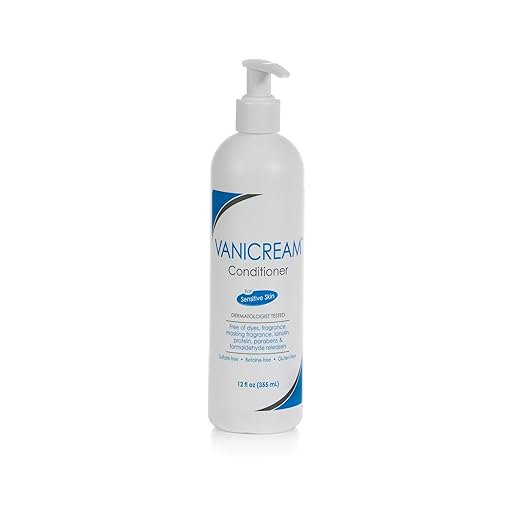
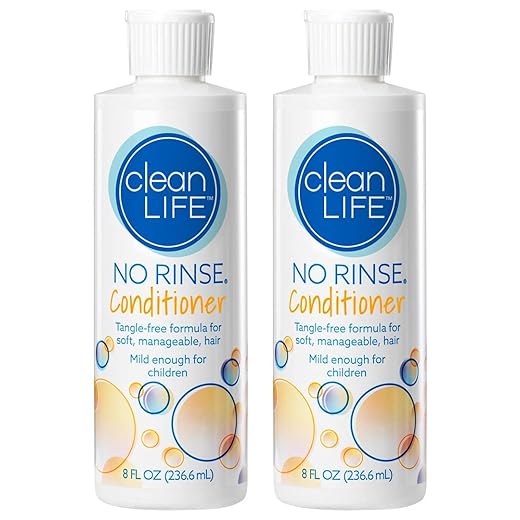

Cold Water Rinse for Instant Salon-Quality Shine — Try It Now✨
How Cold Water Changes Hair: The Science Behind the Shine
Hair structure 101: cuticle, cortex, and why surface matters
Think of a hair strand like a tiny, layered rod. The outer cuticle is a stack of overlapping scale-like cells (like shingles on a roof). Beneath that is the cortex — the thick, fibrous core that contains pigment and strength. When the cuticle lies flat, the surface is smooth and light reflects evenly; when cuticle scales are raised, the surface scatters light and feels rough or frizzy.
Quick reference:
Temperature and the cuticle: why cold flattens scales
Keratin proteins respond to heat and cold. Warm water and mechanical agitation make the hair shaft swell slightly and the cuticle lift. Cold causes mild contraction of the shaft and encourages cuticle scales to hug the cortex more closely. Picture smoothing a ruffled shirt by pressing the fabric down — a colder final rinse acts like that press, temporarily evening the surface so light reflects in a glossier, more mirror-like way.
In everyday terms: a cold rinse after conditioning helps hair look smoother immediately — people often notice less visible frizz and brighter highlights straight away.
pH, surface tension, and “locking in” conditioners
Most conditioners are slightly acidic (pH ~3.5–5.5). Acidic conditions neutralize negative charges on the hair, reduce swelling, and encourage cationic (positively charged) conditioning molecules to attach. Cold water also slightly increases water’s surface tension and reduces how aggressively residues are washed away. Together, the acid step plus a cooler rinse helps the cuticle sit down and retain more of the conditioning film — that’s why the combination feels like a “seal” rather than a full chemical bond.
Limits: cosmetic, not structural repair
Important boundary: this is a surface-level, temporary effect. A cold rinse improves shine and reduces surface friction, but it doesn’t rebuild broken cortical bonds, permanently fix split ends, or change hair porosity long-term. Deep repair requires targeted treatments (protein masks, bond rebuilders like Olaplex, professional keratin services) that act inside the cortex.
Next we’ll get practical: how cold should your rinse be, when to apply it, and simple tweaks for different hair types.
Practical Benefits: Shine, Frizz Control, and Color Retention
Mirror-like shine from a flatter cuticle
When the cuticle lies flat, light reflects more uniformly — that’s the immediate “wow” of a cold rinse. You’ll often notice a brighter sheen right after towel-drying, especially on mid-lengths and ends where cuticle wear is most visible. This is a cosmetic, surface-level change: visible instantly and repeatable every wash, not a permanent repair.
Less friction, fewer tangles, and reduced breakage
A smoothed cuticle means strands slide past one another instead of catching. That reduces:
Practical tip: spend 15–30 seconds of cool water at the end of your wash and detangle gently with a wide-tooth comb while hair is still conditioned — you’ll cut down on snapping and split ends over time. Curly and coily hair types may notice tangling improvements most dramatically; fine straight hair will see less bounce but more polish.
Slower color fade and less mineral build-up
By “sealing” the cuticle after conditioning, a cool rinse helps lock in some color-carrying conditioning molecules and reduces the amount of pigment lost during the wash. It also makes it harder for minerals in hard water to lodge in rough cuticles, so color appears fresher between salon visits.
Complementary products that amplify this effect include sulfate-free, color-safe shampoos (eg, Pureology Hydrate) and occasional chelating treatments (eg, Malibu C) if you have hard water.
Secondary perks: scalp, savings, and realistic timelines
Next, we’ll convert these benefits into a step-by-step routine — how cold to go, how long to stay there, and technique tweaks for different hair types.
How to Rinse with Cold Water: Timing, Temperature, and Technique
When to add the cold rinse
Make the cold rinse the final step after shampooing and fully rinsing your conditioner or mask. Think of it as the sealant: remove product residue with warm water first, then finish cool. For a quick anecdote — many people I know report the biggest “whoa” moment the first time they end a salon-style deep condition with a 30-second cool flush.
Duration and how cold to go
Technique tips for maximum coverage
Bathroom logistics, tools, and safety
No-shower alternatives
If you can’t lower shower temperature, splash cool water from a basin, use a handheld spray bottle, or rinse lengths under a cold sink for 15–30 seconds for similar benefits.
Tailoring Cold Rinses to Different Hair Types and Concerns
Straight hair
For straight hair the goal is shine without weight. Try a quick, cool 15–30 second finish; long exposures can make hair feel flat.
Fine hair
Fine strands show volume loss easily. Keep the rinse brief and brisk.
Curly hair
Curls need sealed cuticles but retained moisture. Use a slightly milder cool—think lukewarm-to-cool—so you seal without shocking the hair.
Coily & textured hair
Coily hair benefits from warmth to help absorption, then a shorter cool finish to smooth the cuticle.
Thick or coarse hair
Thicker hair responds well to longer cool finishes because more mass needs sealing.
Color-treated hair
Colder water + pH-friendly products gives the best color retention.
Scalp conditions and when to prioritize other treatments
Age, medical issues & climate
Boosting Results: Complementary Products, DIY Rinses, and Troubleshooting
Smart products that amplify a cold finish
Using targeted products makes a cold rinse more effective without extra fuss. Look for:
Anecdote: a client swapped a heavy winter oil for a pea‑sized dose of a silicone-free serum and reported the same glossy look but with more bounce.
DIY clarity rinses (gentle, effective)
Use acid rinses sparingly to smooth cuticles and remove residue.
Sample mini‑routine (practical pairing)
- Shampoo →
- Conditioner or mask (focus mid-lengths to ends) → rinse thoroughly →
- Cold final rinse (15–45 seconds, adjust by hair type) →
- Light leave-in or tiny amount of oil/serum to seal.
This simple flow preserves moisture, locks cuticles, then adds targeted shine.
Troubleshooting common issues
Measuring progress & how long to try it
Track results objectively: take before/after photos in the same lighting, note frizz frequency, measure visible color fade weekly. Try the method consistently for 4–8 weeks (most people see subtle improvements in 2–4 weeks). If there’s no improvement or you experience negative effects, tweak timing, products, or stop—then reassess before the final rinse recommendations in the conclusion.
Final Rinse: Small Habit, Noticeable Results
Cold rinses offer a low-effort, low-risk way to temporarily smooth the cuticle, boost shine, tame frizz, and help color hold between salon visits. Done correctly—briefly, with comfortably cool (not icy) water at the end of your wash—they complement your existing routine without replacing treatments you already use. Tailor the timing and temperature to your hair texture and concerns, pair cold rinses with silicone-free serums or lightweight conditioners if desired, and use gentler approaches for fragile or chemically treated hair.
Start small: try a 15 to 30 second cool final rinse after your normal shampoo and conditioner to feel the difference. Because the change is immediate and reversible, you can experiment until it fits your routine or skip it any day. If it works for you, make it a simple finishing habit; if not, it’s an easy technique to discard. Give it a try and judge the shine for yourself today.

Hello! I’m Ava Wilson, a passionate advocate for healthy, beautiful hair. With years of experience in the hairstyling industry and a deep-rooted love for all things hair, I’ve made it my mission to share valuable insights and expert tips on nurturing and styling locks.
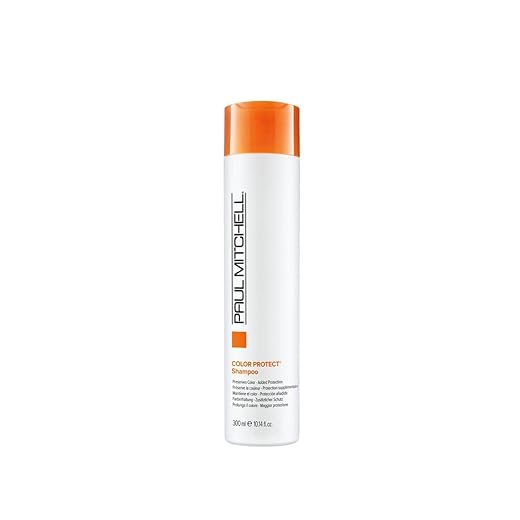
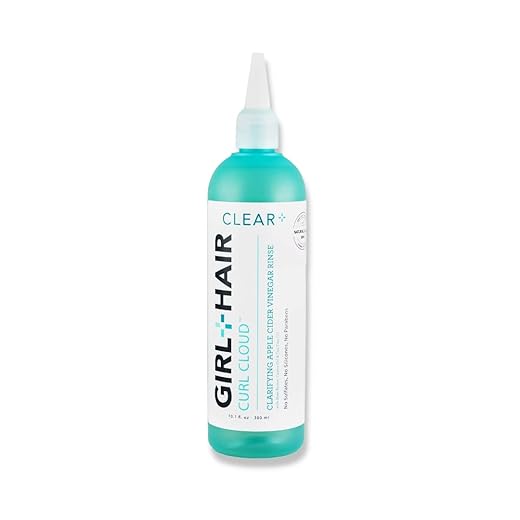
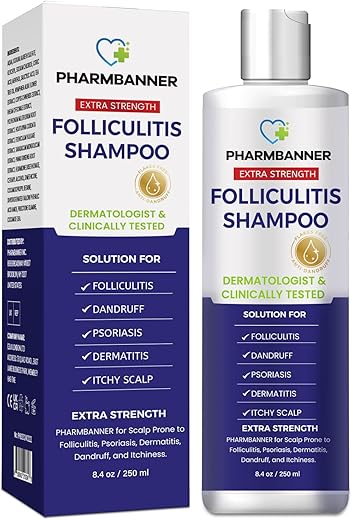
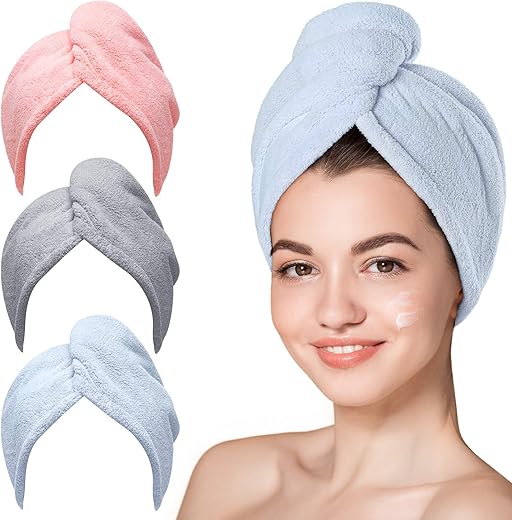


Love the science part of the article — the bit about cuticles closing actually makes sense.
Practical tip from me:
– Use a pH-balanced conditioner (Vanicream is gentle) so your hair isn’t already super alkaline.
– If you have hard water, consider the AquaBliss filter — it made my rinses feel less harsh.
– For color-treated hair, the Paul Mitchell product + cold last rinse kept my red from fading for longer.
Also, apple cider vinegar rinse (diluted) once every couple weeks can help shine but don’t overdo it.
Sophie — swirl it around for 30–60 seconds and rinse with cool water. The smell fades once hair dries, promise 😀
Great breakdown, Olivia. Yep — start with a sensible conditioner, and if you use ACV rinse, dilute it (about 1–2 tbsp ACV per cup of water) and don’t do it more than once a week for most hair types.
Science + vinegar = my kind of party. Glad I’m not the only one who likes weird home remedies.
How long should I leave the ACV rinse in? A minute? Less? Mine always smells funky for ages lol.
Short and sweet: I have color-treated hair (balayage). Is Paul Mitchell Color Protect enough, or should I still do cold rinses every wash?
Paul Mitchell Color Protect is a solid shampoo for reducing fade, but cold rinses add an extra physical step to seal the cuticle. For balayage, try combining both: use the Paul Mitchell, condition, then finish with a cold final rinse.
Thanks — will try the combo next wash. Anything special to watch for on lighter ends?
I do exactly that and my highlights stayed brighter between salon visits. Just be gentle on the ends when rinsing.
Quick Q: how important is water hardness here? I have iron-heavy water and honestly the cold rinse feels like it just adds mineral grit. Article mentioned AquaBliss — is that actually worth it?
Hard water can counteract cold rinse benefits by leaving mineral deposits. Filters like AquaBliss reduce chlorine and minerals, improving shine and making conditioners work better. If you notice dullness or buildup, a filter is usually worth trying.
I installed AquaBliss last year — noticeable difference. My hair felt softer and less chalky after rinses.
I’ve been doing the final cold rinse for months now — tiny habit, noticeable results.
My hair is glossier and my color seems more consistent. I use Paul Mitchell occasionally and the G+H apple cider rinse once every other week. No dramatic overhaul; just a small tweak that added up.
If you’re hesitant, just commit to the last 20 seconds for a week and see.
You’re welcome — and yep, consistency over perfection 💪
Love hearing this, Grace. The key is consistency — small daily habits win. Thanks for sharing your routine.
Big fan of this article. Short version: cold rinse = less frizz, more shine.
I have curly, thick hair and it made my curl pattern pop more. Used TRESemmé then cold rinse. Also, if you use a shower filter like AquaBliss, it helps with mineral buildup that makes hair dull.
Note: I still heat-style sometimes, but my hair looks less fried since I added this habit 😊
Pro tip: finish with a cool spray and scrunch for definition.
Did you notice any difference in how long it took to dry after cold rinses? My hair felt wetter longer once.
Nice tips, Ava. For curly hair, sealing the cuticle with cool water really helps definition. Also consider lighter oils after drying to lock in shine without weighing curls down.
Mason — yeah it can feel a bit wetter; I microfibre towel and plop for a few minutes, then air-dry. Might add a tiny bit of diffusing if I’m in a rush.
If drying time is an issue, pat with a microfiber towel and avoid aggressive rubbing. That keeps the cuticle sealed and reduces frizz.
Same — plopping + cold rinse = defined curls without the frizz!
I’m pretty skeptical. Cold water feels terrible on my neck and I don’t feel like the visual difference is that big. Anyone see major color retention gains with this? I have low-porosity hair.
I had low-porosity hair too and noticed less brassiness after switching to cold rinses + Paul Mitchell. Also try the warm-to-cold method — easier on the neck.
Totally fair — cold rinses are subtle and cumulative. For color-treated or low-porosity hair, it helps close the cuticle and reduce dye leaching. Pairing with a color-protect shampoo like Paul Mitchell Color Protect can amplify the effect.